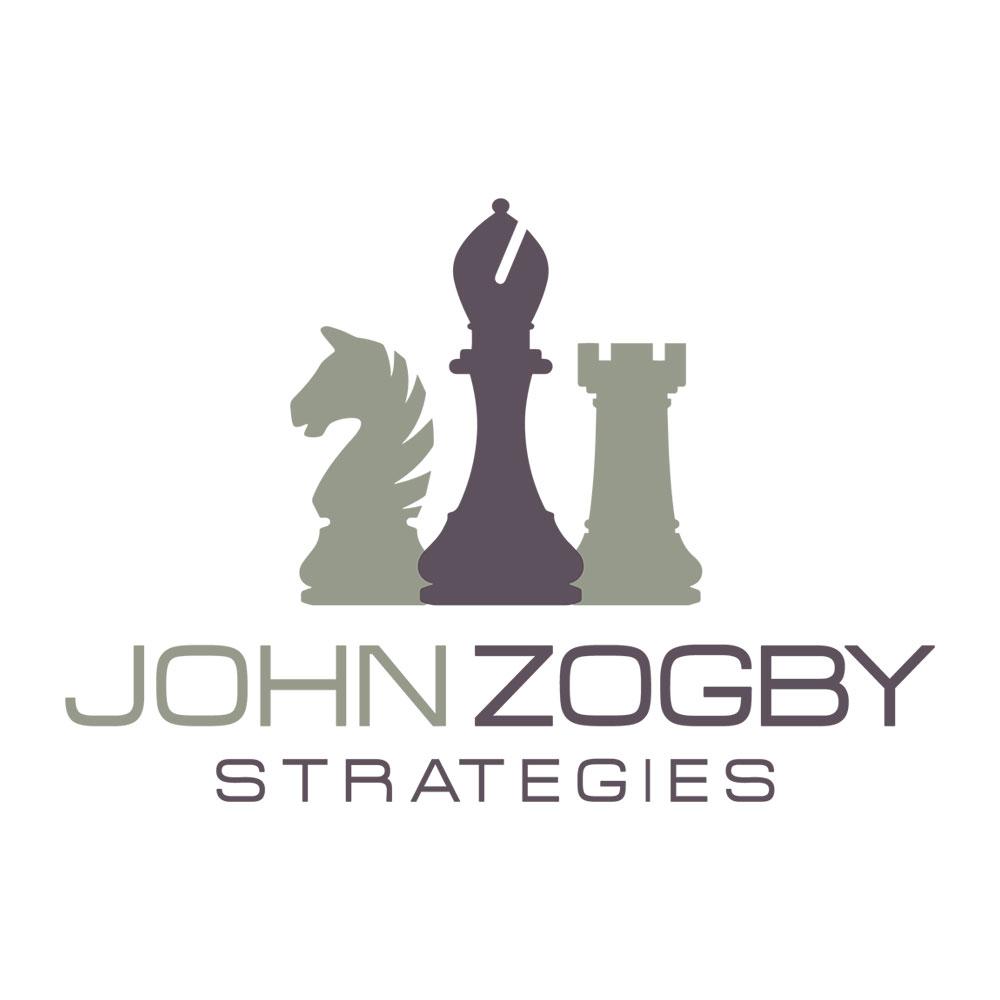From Forbes, by John Zogby
The opinion polls on both President Donald Trump’s approval rating and the congressional generic ballot are all over the place. For example, USA Today/Suffolk Univeristy published a poll of 1,000 registered voters showing Mr. Trump’s approval at 38% and Democrats leading the generic ballot by a whopping 15 points (47% to 32%) over the Republicans. Around the same time, The Economist/YouGov regular tracking polling of 1,296 registered voters has Mr. Trump at 44% approval but the Democrats leading only by 2 points 40%-38%. Finally, my son’s Zogby Analytics poll this week posts a 48% job approval rating among 869 likely voters nationwide. (There was no congressional generic ballot test on this one).
Aside from the fact that it is a Zogby Poll, there are clear reasons why I believe it is more accurate. First and foremost is the fact that it includes “likely voters” and not “all adults” or just “registered voters”. I have maintained this standard over four decades of professional polling. The demographics of likely voters are notably different than more general groups. I have always felt that it is misleading to publish results of likely voters close to an election and adults or registered voters months before an election – then compare them as trends. These are all distinct groups and in matters related to public policy and election choices it is really only likely voters that count. I have never charged (or will ever even intimate) that other major pollsters are biased in their results, but I do think there is a sampling bias when those not really likely to vote are included.
Secondly, there is the very important debate on polling and party identification. I honestly don’t know where some of these polls get their party identification figures. For years I have seen off-year polls showing big Democratic leads only to look at the samples that reveal only 28% or 24% those polled identifying as Republican. That is just not America. I have always looked at the exit polls of the previous relevant election (i.e. presidential, congressional, gubernatorial) and also any relevant trending (increased Hispanic or African American voter registration, hot issue impacting one side or the other) and adjusted my samples accordingly. If we closely examine each of the three polls noted above we can see where a good bit of the discrepancy in findings come from. The 2016 exit polls showed party identification among those who voted to be 36% Democrat, 33% Republican, 31% independent/other party. The Suffolk University Poll had 37.3% Democrat but only 28.8% Republican – hence a major reason for the poor showing for both Mr. Trump and the GOP in the congressional generic ballot. That is a 9 point differential in party identification when the exit polling was only at 3 percentage points. The YouGov Poll had 33% of its sample at Democrats but 26.1% Republican – thus Democrats were under-represented by 3 points, yet the GOP was under by 7 points.
Finally, the Zogby Analytics poll was 37% Democrat and 33% Republican – pretty much the way it should be. Incidentally, while I often look at the averages of all the polls, I do tend to favor not only polls that feature my last name but also those of the Rasmussen organization, not only because these are among the most accurate over the years but also because of the attention they place on getting party identification closer to reality.

